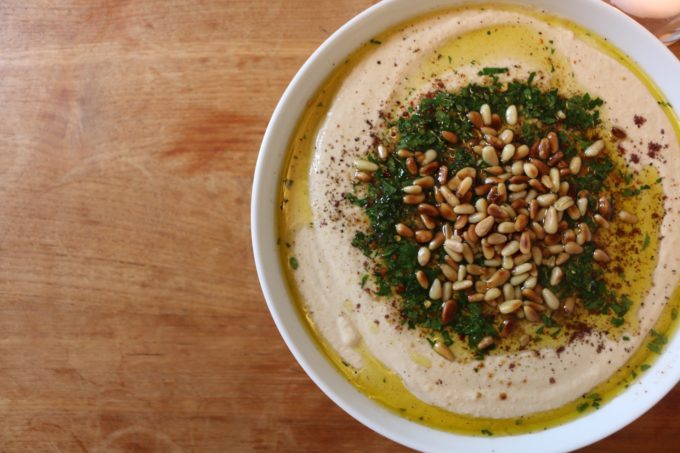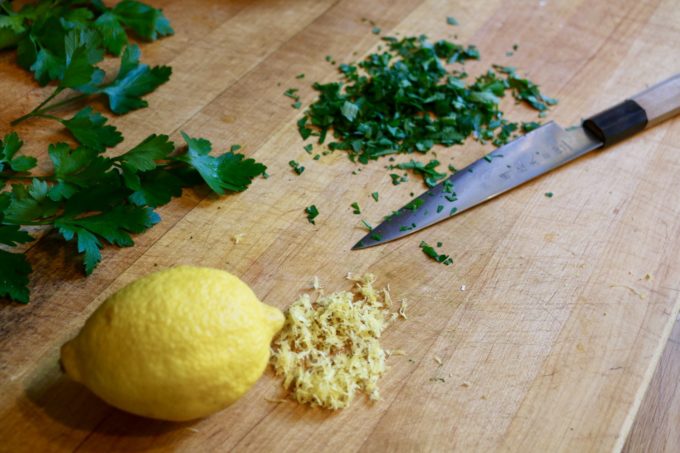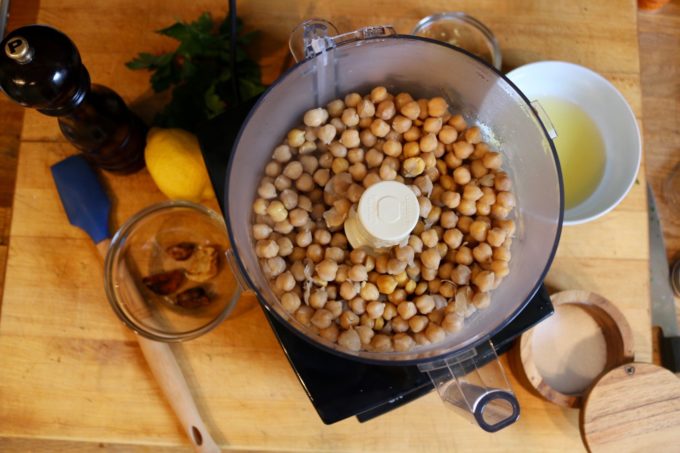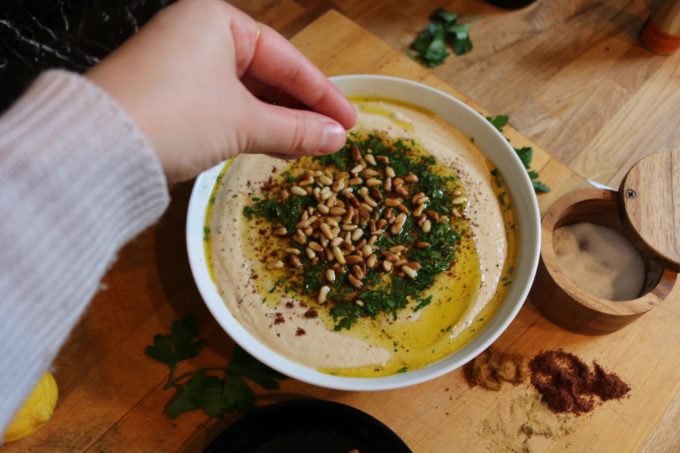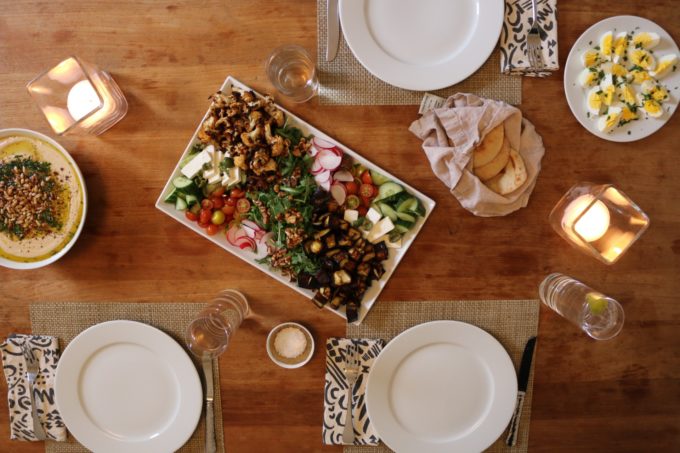In line at Whole Foods perusing food magazines, it’s hard not to notice a theme this time of year. It seems like everyone in food (especially the health food scene) tries to guess what the next Kale, Quinoa, Coconut oil or Kombucha will be. What food trends are predicted for 2018? Paging through my favorite issues while my groceries inch down the conveyer belt, it’s clear that everyone’s thinking about simplicity and ease when it comes to cooking. Meal prep ideas are the rage. As private chefs who basically do that for a living and for ourselves, we’re experts on the matter. Here are four prep ahead food trends we’re predicting for 2018:
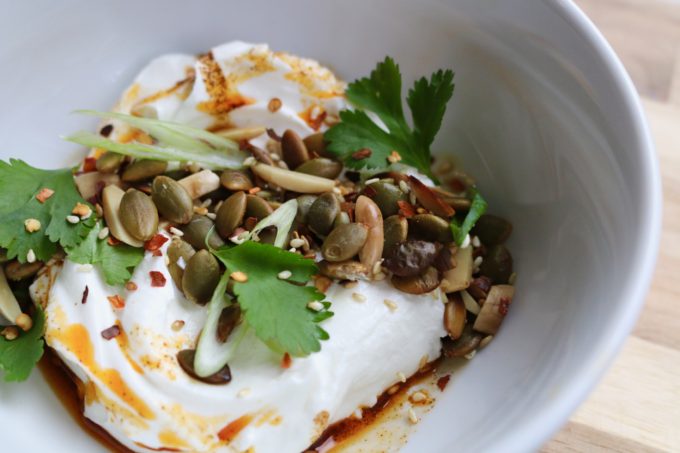
A Little Sprinkle Here…
The key to meal prep is having things on hand that you can throw together in a pinch. That’s why I think things like “sprinkles” (coined by Bon Appetit) and sauces are so on trend. They’re perfect for just that–whipping things up and keeping them in the fridge! Not only are these sauces and seed mixes easy to keep on hand, they’re also healthy and protein rich. Sprinkles and sauces are a quick Sunday activity too (#mealprepsundays). Roast your favorite nut (almonds, walnuts, hazelnuts, etc.), toast some sesame seeds (or pepitas, chia seeds, hempseeds, etc.) and toss with maldon salt, red pepper flakes, smoked paprika, granulated garlic…you name it.
Think about the stuff you pinch (or “sprinkle”) onto your plate last minute. Something crunchy, something salty, and something spicy. It’s what granola is to breakfast yogurt. Keep your preferred mix at your fingertips in a jar in your pantry or fridge. Here are a few “sprinkle” recipes to tickle your taste buds: the general idea to build off of and a little something extra to get your creative juices flowing. A good “starter” sprinkle is panko, garlic and parmesan. Saute panko in a little olive oil until golden, adding in minced garlic for the last minute or two. Then add grated parmesan off the heat. Cool and store in the fridge to top soups, salads or other cooked vegetable dishes throughout the week.
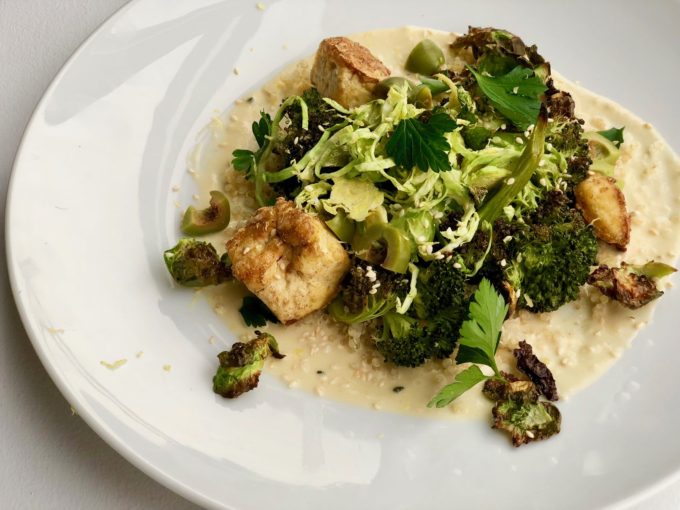
…A Little Drizzle There
Sauces work the same way. These homemade condiments can also be packed with nutrients: omega-3 infused anchovies, probiotic rich miso, protein packed greek yogurt to name a few. With the rise of fermented flavors (another food trend, link to Gillian’s take on it here) we’re obsessed with putting a teaspoon of miso in our tahini dressing. It adds tangy, savory flair to the nutty, creamy tahini. Bonus that it’s good for your gut. This dressing can be thinned out and tossed in a salad or better yet drizzled on your roasted veggies. (Here’s a recipe for reference if you need one.)
We love fresh herbs, which means we always have them in our fridge. There’s almost nothing more satisfying than freeing up space in our crisper drawers and putting all the sad, end-of-week herbs in a blender with some olive oil, a little zest and and anchovy filet. Salsa Verde! This stuff is delicious on practically everything. If you throw in some yogurt or avocado, it transforms into green goddess. These sauces are my go-to show stoppers and they’re literally made by just throwing things odds and ends together.
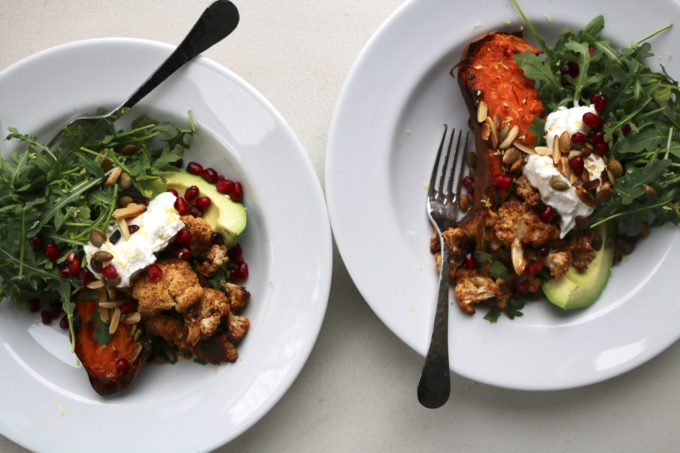
Yogurt With Everything
Our self-proclaimed trend is the rise of plain Greek yogurt or skyr as ingredients. We love to dollop them on everything, from build-your-own rice bowls to chicken tortilla soup. I even put in on top of my scrambled eggs. It adds that creamy richness you get from sour cream but without the guilt. The probiotics make it much better for you. The tang…you’ll love the tang.
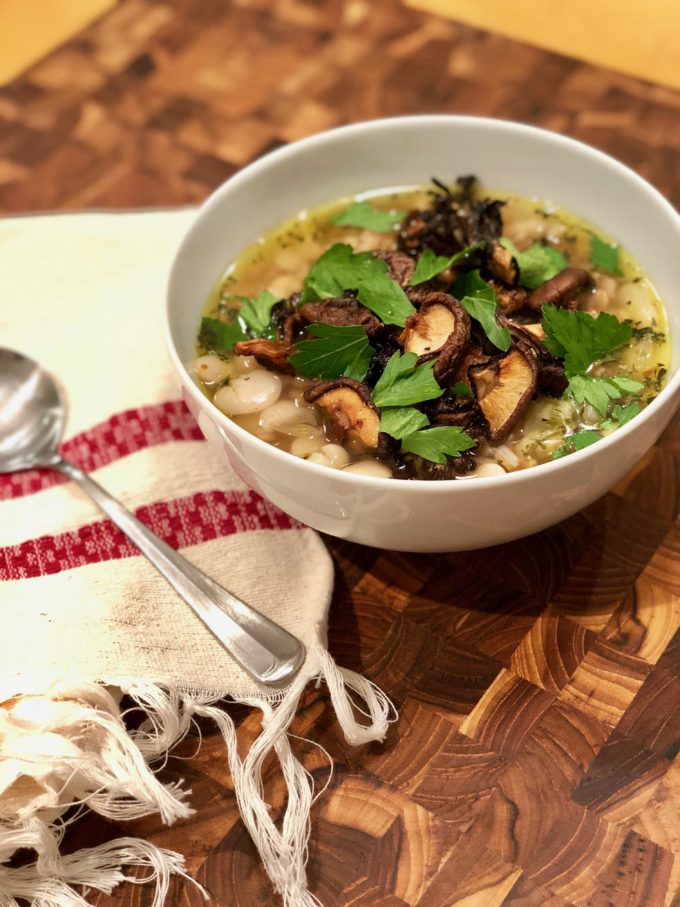
A Mostly Plant-Based Diet
Plant based proteins are becoming more popular every year and it feels like the list just keeps getting longer. They include tofu, tempeh, quinoa, lentils, beans, chia seeds, and various nuts. With so many vegan/vegetarian clients we keep this list of possibilities under our belt at all times. It’s becoming clearer that we don’t need as much protein as we think. I try to stick to one animal based protein a day and often end up eating meat just a few times a week. A mix of quinoa and beans (a cup of each) is enough to fulfill half of my recommended daily intake. That’s half in just one meal! With that in mind, I’m always thinking of ways to minimize my need for animal proteins and I’m not the only one. I don’t consider myself a vegetarian, but I’m not limiting myself to animal products and I think that’s where the trend in headed. There’s even a word for it: Flexitarian. This is defined by people who are not committed to a full vegetarian diet but prefer to eat mostly plant-based foods. Long live plant love!
